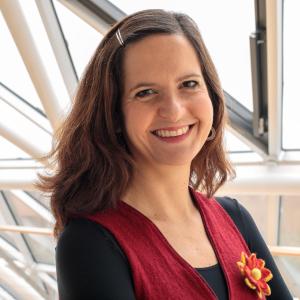After 40 years and 426 projects, the European Investment Bank celebrates its involvement in Portugal and listens to Portuguese people describe the changes they've seen
On the Praça dos Restauradores, a square at the heart of Lisbon, João has a reason to celebrate: it’s his sixteenth birthday. João heard a lot of stories from his mother about life in Portugal before he was born. “The mindset of people has changed a lot, because we are more used to being in touch with other cultures. I am not too sure what will happen when I grow up, if I will find a job and so on. For now our country gives more opportunities to people.”
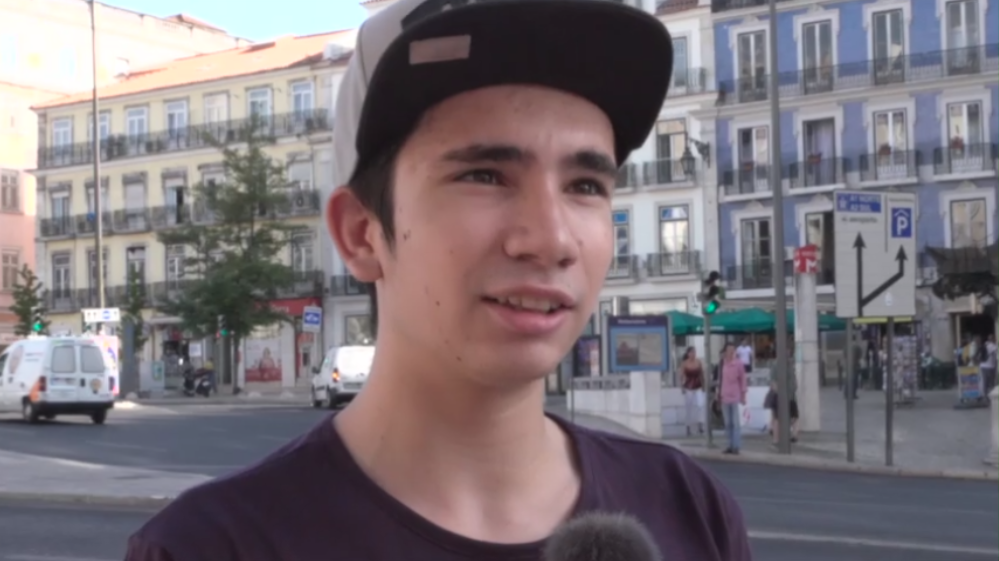
One big reason for the change is another, older anniversary. It is 30 years since Portugal became part of the EU family and 10 more since the first European Investment Bank loan in the country. So we took to the streets of Lisbon to see through the eyes of locals how one of the oldest nations in Europe has changed in the last few decades.
Mobility in Portugal with the EIB
Near the beautiful train station of Rossio, one of the oldest in the country, we met Susana, a woman in her thirties who told us one of the most visible transformations she’s seen has to do with something she loves: fashion.
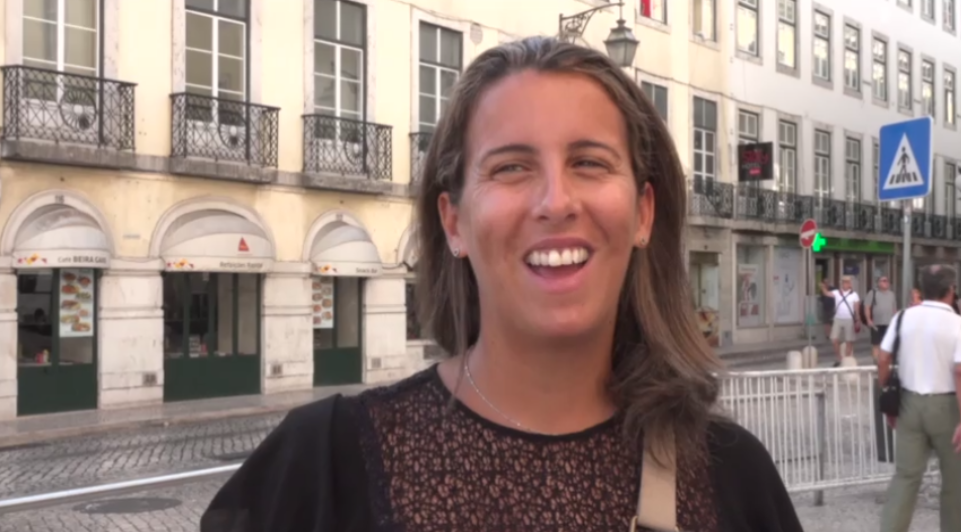 “Portuguese people now have easy access to products that we could not find before: a few decades ago, buying certain brand clothes was unthinkable – you had to go to London or Paris. Now we can have all these kinds or products without leaving home."
“Portuguese people now have easy access to products that we could not find before: a few decades ago, buying certain brand clothes was unthinkable – you had to go to London or Paris. Now we can have all these kinds or products without leaving home."
These products, as well as Susana herself, of course, can move more easily within Portugal and beyond thanks to a total investment of EUR 15bn that helped Portugal develop a safe and sustainable transport network. Since 1976, much of the country’s road and railway infrastructure, the modernisation of the Lisbon Metro, the more recent construction of the Metro do Porto and the expansion of the country's airports were all made possible with the support of the EU bank. The impact goes beyond better access to Paris fashion. Since the inauguration of Metro do Porto, for example, more than 12000 cars have been taken off the city streets.
By the way, you should see Madeira airport’s extended runway. To achieve a 2.7 km runway, a platform had to be built between mountains and partly over the ocean, standing on 180 columns, each about 70 meters tall – recognized worldwide as a true achievement in engineering.
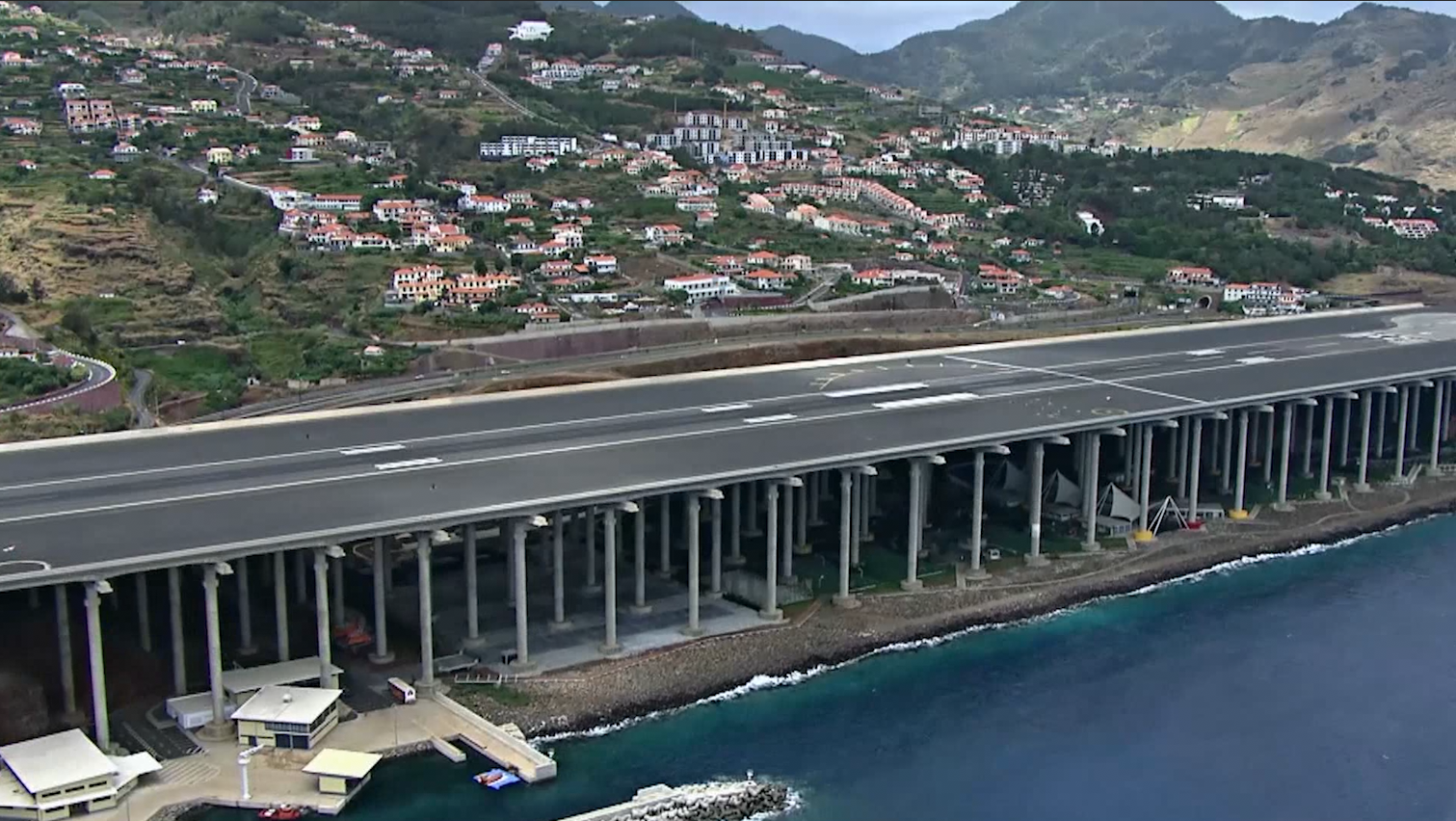
Over the water and in it
But if there is a landmark project that depicts modern Portugal as any other, that’s the Vasco da Gama Bridge, connecting two sides of the city of Lisbon above the Teixo River. In 1498, Portuguese explorer Vasco da Gama discovered the sea route to India. 500 years later, the country celebrated this milestone with the construction of a 17 km bridge, the longest in Europe – helped along with a EUR 305m loan from the EIB.
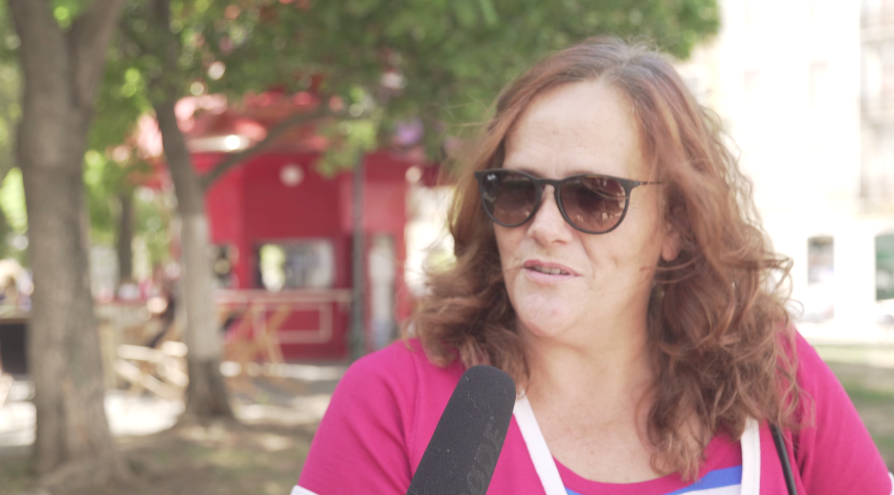 “In the last 40 years Europe has been very important for Portuguese people, and it will continue to be in the future," says Luisa, a self-described "believer" in Europe who sits near the bridge. "The development of our infrastructure has been a catapult for us. Being part of the EU helped us to regain confidence in our own capabilities.”
“In the last 40 years Europe has been very important for Portuguese people, and it will continue to be in the future," says Luisa, a self-described "believer" in Europe who sits near the bridge. "The development of our infrastructure has been a catapult for us. Being part of the EU helped us to regain confidence in our own capabilities.”
“If we were not part of the EU, we would be isolated and really much behind from a social, economic and living conditions point of view."
Still, not much makes a deeper impact on people’s daily lives than improvements in water quality. And here, the transformation has been massive: 20 years ago, only half of all drinking water was subject to quality controls, and less than 30% of the Portuguese population got served by wastewater treatment systems. With over EUR 2.5bn invested in water supply systems and waste treatment plants, the EU bank has made a difference in the quality of drinking water and thus contributed to cleaner beaches (remember this on your next holiday there!) and rivers all over Portugal. Its 299 blue flag beaches now place Portugal in the top 5 in Europe, ranked by the environmental quality of the coastline.
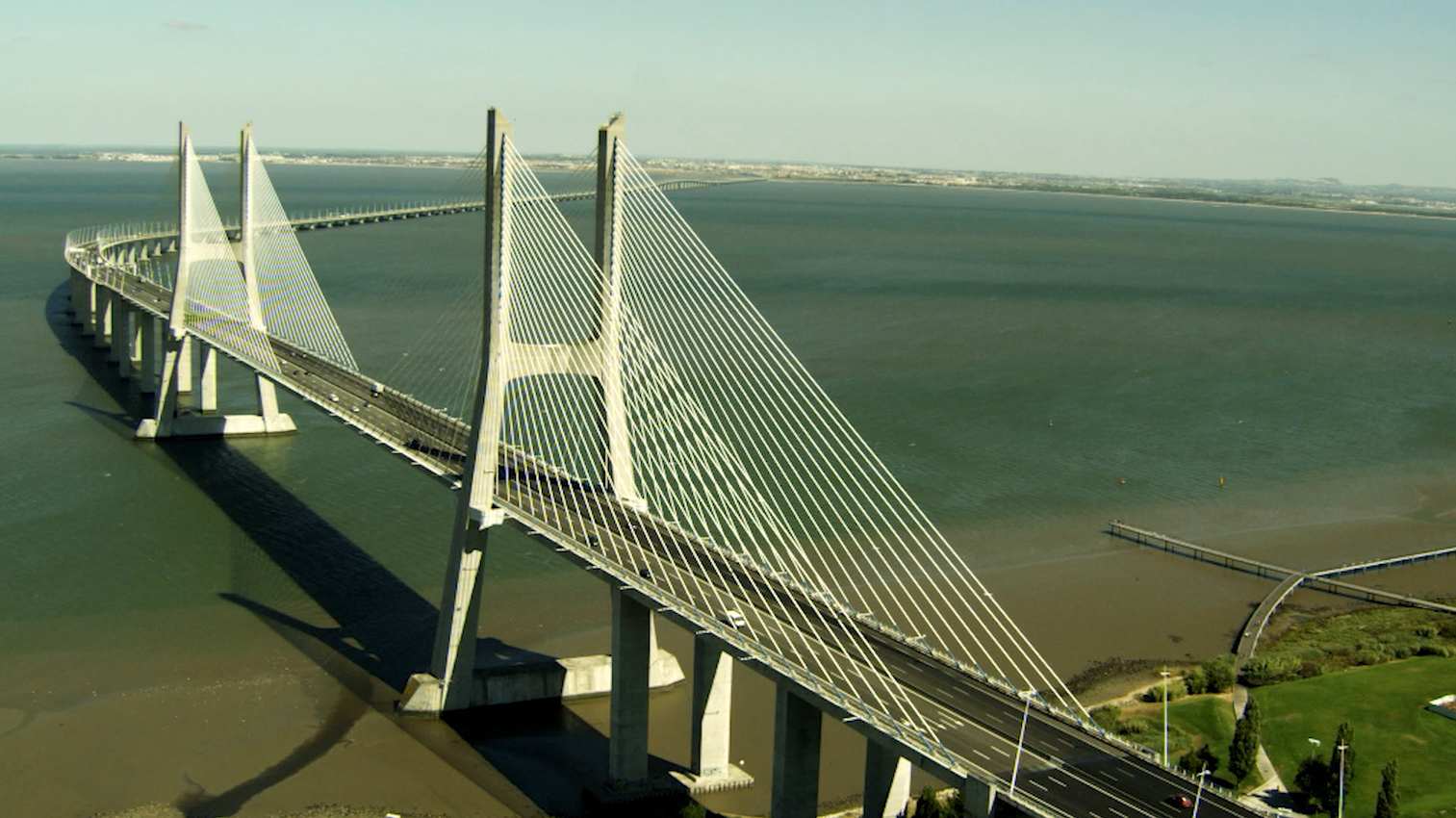
Night and day
And João (the one celebrating his sixteenth birthday) is one of 200 000 young Portuguese students every year who go to schools renewed with the support of the EIB. All over the country, from Lisbon to Vila Nova de Gaia up north, from the heritage-rich landlocked small town of Oliveira de Frades to Olhão on the sunny Algarve coast, numerous classrooms, labs and playgrounds have been expanded or modernised with EUR 1.4bn in funding from the EIB.
So it is no surprise we found people who characterized the change in the past 40 years using words such as “night and day, a total contrast.” 40 years and 757 projects later, we raise a glass of Porto to our first four decades in Portugal (and to João on his sixteenth.) Saúde!
